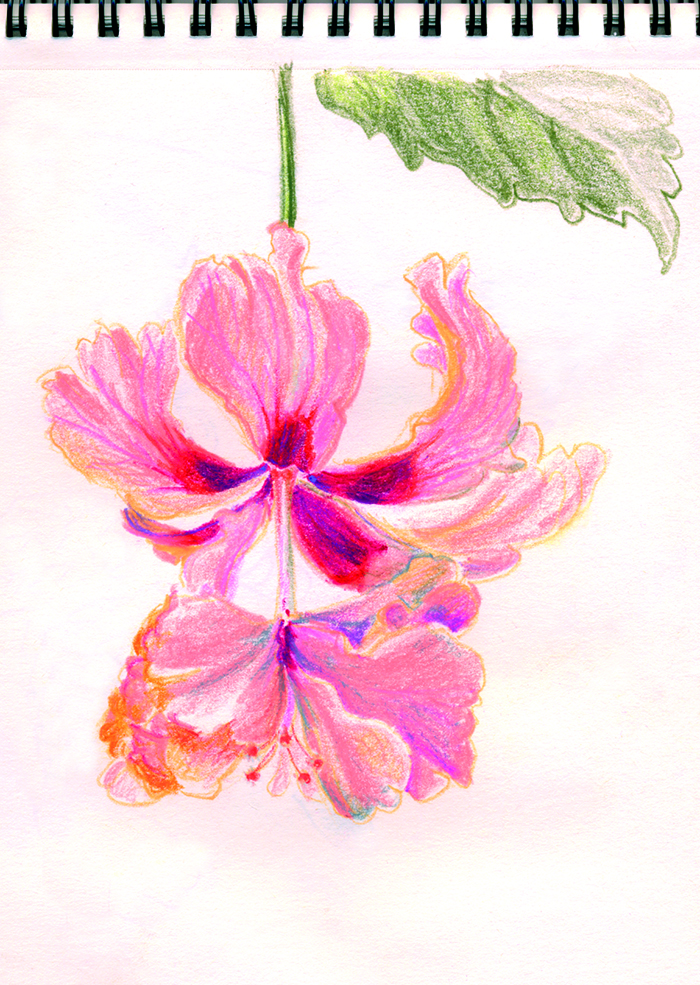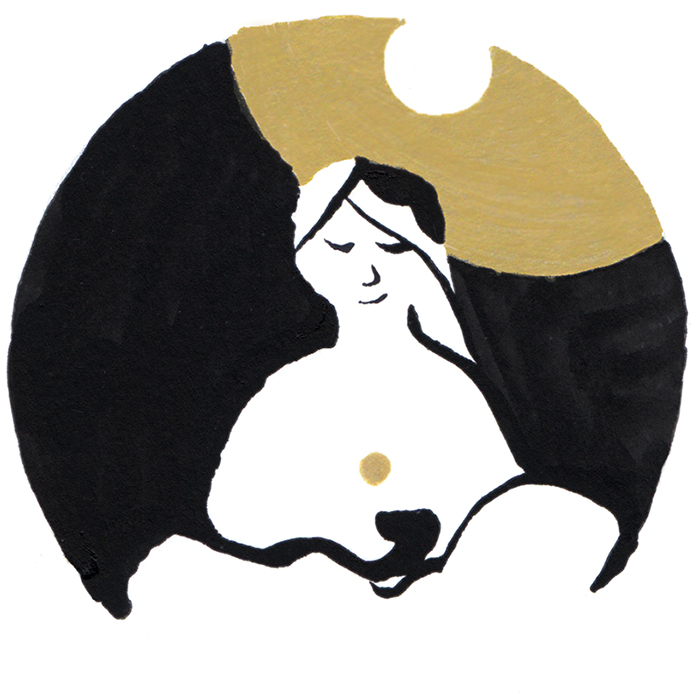Meditation

Mindfulness meditation practice
We cultivate the skill of being present without having to judge the experience
Mindfulness is a meditation practice in which we develop the skill of paying attention to the present moment as well as the way of relating to the experience.
Mindfulness is a natural ability of every human being. It is our potential to be aware of what is happening in the present moment and to accept it with compassion, in a calm manner. It is a state of consciousness in which the mind does not judge or resist what it recognises and what is currently present and has enough space to decide how to respond. There are two key elements of mindfulness: awareness and compassion/acceptance.
Being mindful and having these qualities of mind is not a coincidence, it is a conscious choice of each of us.
In order to be able to remember the present moment, it is necessary to regularly “train” our mind through formal and informal meditation practice.
We behave according to patterns and habits (conscious and unconscious) that we have acquired over many years. When we start meditating we “train” our mind to come back to the direct experience of bodily sensations, feelings and thoughts and to see what behavioural patterns we react to.
As we cultivate this skill of being present without the need to judge, avoid or attach ourselves to the experience new possibilities for understanding and wisdom come about. We have opportunity for different decisions and therefore behaviour.
Metta (loving kindness) is a meditation in which we consciously cultivate mental and emotional states of goodwill, love and compassion for ourselves and others. In formal meditation of this kind, we contemplate the positive characteristics of living beings in order to develop noble states of love and compassion in our hearts.
Check out some of the topics in the videos below or look for more meditations on my YouTube channel.
My path to meditation
My path to meditation was spontaneous and seems inevitable.
At the age of 18 my mother suddenly passed away, the same year I moved to Ljubljana to study design at the Academy of fine arts. That was a big turning point for me, a big shock and a complete “cut”. I was left without the ground under my feet, I was emotionally empty from the shock and I didn’t think I would ever enjoy life again. In Ljubljana I met some friends with whom I did yoga and meditation, yoga came naturally to me right away, but I didn’t really understand meditation – sitting still, eyes closed, ok and now what?
In the summer of 2004 I went to Sri Lanka with a friend. We spent three months in a Theravada Buddhist meditation centre in the jungle under the guidance of Bhante Pemasiri. The first month I was boiling in a nice cauldron of suffering and I wanted to escape. I had no idea what I was doing, everything was unknown and meaningless to me. That agony cleared up and slowly the teachings became more meaningful, I learned the basics of Buddhism, meditation and the path to understanding myself and the conditioning that makes us suffer in life.
In the second month I started to enjoy myself: I picked flowers, arranged them in a wreath for “Puja”, walked, admired nature and started meditating. I had a notebook in which I wrote down what I learned and drew the nature around me. The third month summed it all up, I sat my first 10-day Vipassana retreat in noble silence led by teacher S. N. Goenka. After that retreat, for the first time in two years I felt joy and saw the hope that I could wake up from the darkness of the sudden loss of my mother.
It seems that deep pain and difficult experiences push us uncompromisingly in touch with ourselves and that we learn the most from these times in life.
After coming back to Europe I finished my studies and returned to Zagreb, I started working in the field of design and was attending regular yoga classes. For many years that trip to Sri Lanka echoed in me as a great jewel, but also as an ideal of a life that I cannot live here. I was in conflict because meditation was “there”, that experience of peace and spaciousness which I felt that I can not achieve in everyday life in Zagreb. It took me some time to let go of that ideal and the desire to return to the “Srilankan state of mind” and to realise that I need to unite meditation with everyday life.
Thinking that there is something better somewhere else is the problem that keeps us from being here where we are with what is and giving our best now.
In 2010 I went to the Buddhist centre in Zagreb to study and meditate with Žarko Andričević, it was wonderful to remember the touch of Buddhism in the surroundings of Zagreb.
In 2011 I come to Mislav Brečić’s first lecture on Mindfulness meditation and had continued to sit with him regularly.
Over the years, I have attended numerous meditation retreats of famous meditation teachers: S. N. Goenka centers, Bhante Sujiva, Mislav Brečić, Ajahn Sundra, Martine Batchelor, Tina Rasmussen. The following teachers had a great influence on me, whose lectures I studied and am applying their knowledge:





Sketches and illustrations from, Sri Lanka, 2004
Somatic meditation – meditation with the body
“Somatic meditation is an approach in which the body becomes the primary arena of meditation practice, rather than the mind. In the simplest terms, instead of trying to develop meditation through our left-brain, thinking mind, in a downward-looking manner, somatic meditation involves a process from the body up and into the body. In this approach we are able to connect with the inherent, self-existing awareness that is already present in the body itself.” dr. Reggie Ray, Source: Tricycle.org
In this type of meditation, the first step is to become aware of the set: 1. thought – 2. emotion – 3. bodily sensation, and clearly see how these aspects of one experience are connected. The second step is to stay in the bodily aspect of the present experience. The problem is that we automatically react to our thoughts that are triggered by bodily sensations and emotions that again trigger the same thoughts and we go around in a “blind circle” of Samsara.
Somewhere we need to break that vicious circle, and in somatic meditation this is done by returning to the body and to the physical aspect of every experience. We can reduce our reactivity to thoughts or completely stop believing them when we stay with the bodily sensation and the natural flow of what is happening in the body.
Our life is shaped by what we think, then by what we say and most of all by what we do – intention is expressed in thought, word and deed.
The opposite of “monkey mind”* is “present body”**. When we are embodied in our life, in what we are currently doing that is the opposite of the monkey mind which is disembodied in its virtual, unreal world. As soon as we become aware of its reflection in the body and stay in the body, we are actually on safe ground. That way we are present for our life as it is and we can give our best to act with conscious choice.
The techniques used to practice this type of meditation are body-oriented, such as “body scan”, “awareness of the breath in the body”, “mindfulness of the body”, “mindful movement”, “mindful yoga”…
*monkey mind – a popular term for a restless mind, a lot of thoughts and anxious mindsets, just as a monkey grabs every branch so our mind grabs to every thought.
**present body – physical presence.
More also on blog: What is mindfulness






